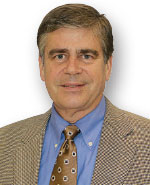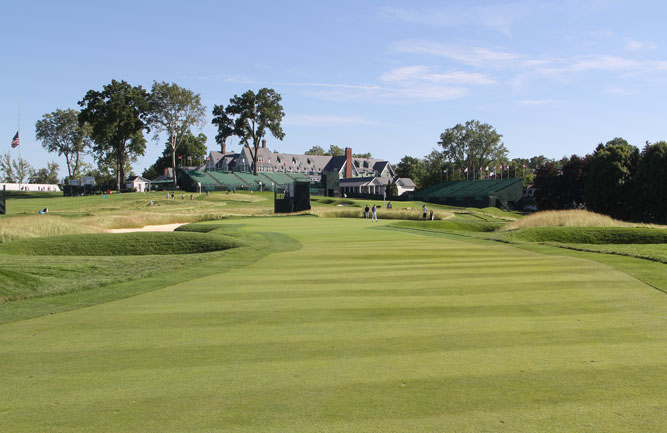Internal workings
 The goal of plant health is to provide healthy, vigorous turfgrass by managing resources like radiant energy, moisture, air and nutrients. These resources consumed by the plant are managed primarily through cultural practices with the goal of correcting excessive amounts. We look at specific products — some would say supplements — to provide increased plant health.
The goal of plant health is to provide healthy, vigorous turfgrass by managing resources like radiant energy, moisture, air and nutrients. These resources consumed by the plant are managed primarily through cultural practices with the goal of correcting excessive amounts. We look at specific products — some would say supplements — to provide increased plant health.
Although we focus on providing a healthy turf environment, our objective is to survive an unhealthy summer environment that includes both abiotic and biotic stresses along with human activity or stress (traffic). If the plant survives the summer stress — including elevated temperatures — as a relatively green and dense turf, we judge our turf health care program a success.
Often overlooked in developing a plant health program are the internal workings of the turfgrass plant itself. For example, plant metabolic processes occur within a narrow range of 50 degrees to 104 degrees F. As temperatures approach and exceed the upper level of 104 degrees F, degradation of proteins and membrane disruption occur, resulting in overall shutdown of cellular functions. As cellular functions are disrupted or destroyed, cell death occurs, leading to plant death.
At 104 degrees F, proteins normally in a folded position begin to unfold or unwind, resulting in loss of functionality. Proteins are involved in numerous functions within the plant, like disease resistance, fighting insect attacks, wear tolerance, etc. When you think about it, 104 degrees F is not a remarkable temperature given that turf canopies often rise well above that during summer. I’ve been curious about how a turfgrass plant protects itself from a lethal temperature.
Internally, a major protection mechanism against high temperatures is production of a group of proteins called heat shock proteins (HSP). During elevated temperatures, normal protein synthesis slows or stops. At the same time, the production of these HSP occurs. HSP are synthesized when supra-optimal temperatures are reached (approximately 98 to 104 degrees F), but below lethal temperatures. The hypothesis is that the accumulation of HSP increases the thermal tolerance of plants.
HSP work as “molecular chaperones” by binding to partially folded proteins and working like matrices to prevent the unfolding of normal proteins during periods of high temperature. Once the elevated heat stress or “shock” passes, the HSP degrade and normal protein function resumes. HSP reform once temperatures begin to rise again toward a supra-optimal range. This can be a daily event during summer stress periods.
It’s reported that heat-tolerant turfgrass cultivars produce specific (or more) HSP than non-heat tolerant cultivars. It’s also believed that heat-tolerant turfgrass cultivars can resume normal protein synthesis more quickly than non-tolerant cultivars following the heat-shock period.
What does this mean from a management perspective? Proactively embracing plant health principles to develop programs helps us decide what to do. However, some of the things we might embrace could make things worse.
Turfgrass survival at high temperatures is dependent on proceeding through the acclimation phase triggering HSP formation. If this phase is disrupted by a rapid rise in temperature, HSP are negated and thermal tolerance isn’t achieved. So, avoid management practices that disrupt the acclimation phase. Specifically, we shouldn’t use practices that act as a “turf cover” prior to the acclimation phase. These covers would include a relatively heavy sand topdressing that is left on the surface during midday or grass clippings that are left on the turf during a hot day. Topdressing and grass clippings can result in a rapid canopy temperature increase that negates any acclimation phase. As another example, intensive mechanical practices that disrupt the turf canopy can result in an excessive temperature increase.
Recognize this summer that all those billions of small turfgrass shoots have evolved protective mechanisms like HSP to help them survive the summer stresses. Given that, try to work in harmony with those plants, not against them.
Karl Danneberger, Ph.D., Golfdom’s science editor and a professor at The Ohio State University, can be reached at danneberger.1@osu.edu.











